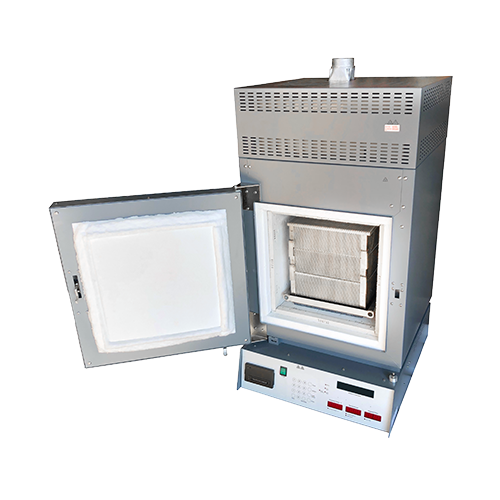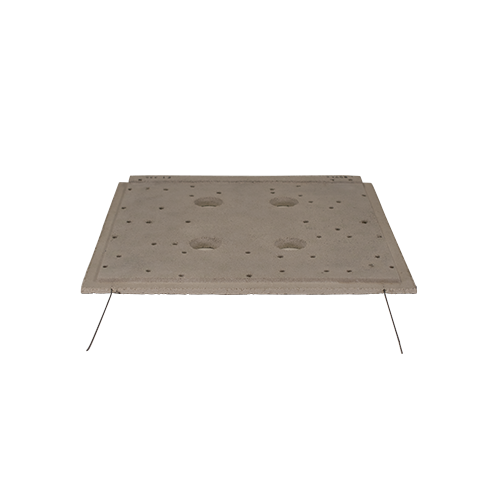How Blower Motor Failure causes issues in your NCAT
Let’s face it — the blower motor on an NCAT ignition oven is often an afterthought. It sits in the back of the unit, mostly covered, mostly discreet, mostly out of the way. You know it’s there and that it blows air out of the furnace, but what exactly is its purpose? Most importantly, why should you care about it?
Today I wanted to bring light to a growing problem in the industry. It’s an issue that our techs run into in seven out of ten labs. Nobody seems to want to take care of their blower motor. Well, after reading this article, I promise you’ll think twice about it.
Blower Motors can control time.
It might surprise you to know that the blower motor is one of the most important components on your NCAT and that if you don’t take care of it, it could burn you on your next burn!
Sure, the heating elements are all responsible for creating the heat in the chamber, but without the introduction of fresh air, your burns will be nothing more than a smokey mess. In fact, the blower motor is so critical to the burn that if your draft is too low, you could be adding 15 – 20 EXTRA minutes each time.
This means that if your blower is not running at peak efficiency, you could be costing your whole production hundreds of dollars a week.
What does the blower motor do?
The NCAT heats up ceramic elements to increase the temperature in the chamber to 538° C (roughly 1000° F). Asphalt begins to ignite at about 315°C and, at an ideal draft, the temperature ramps up very quickly from there.
When your draft is low, there isn’t as much oxygen in the chamber and the asphalt burns slowly or, in some cases, not at all! This lengthens the amount of time it takes to completely burn off your asphalt.
If your draft is exceptionally poor, smoke and toxic fumes will pour out of your oven and into your lab. Those fumes are very dangerous to your technicians and can even damage other pieces of equipment that you have around the NCAT. Trust us, it’s better to be safe than sorry.
What do I need to do to fix this?
Blower motor oil. It’s that simple!
Just 2 drops of blower motor oil in both of the holes highlighted below are all that the motor needs to keep cranking.

After applying the oil in both holes, you must immediately run the unit to prevent crippling problems to the blower.
Why do I need to run it immediately?
When you don’t run the blower motor, the oil just sits and collects whatever bits of dust and charred asphalt is left on the motor. After sitting for just a few minutes, you’ll end up with a blower motor that won’t turn no matter what kind of force is applied to it because you have effectively made cement that locks up the bearings.
This is a very costly mistake and requires purchasing a new blower motor to fix it.
How can I run the unit without starting a test?
There are 3 steps that you need to follow to run the unit well enough for the blower motor to not produce cement.
- Leave the door open.
- Turn on the unit.
- Hit start.
While we suggest running it for at least 10 minutes, there’s no reason that you can’t keep going. Ideally, you would want to oil the blower right before you start it up in the morning, that way you’re not wasting any unnecessary energy. After all, you have to start the NCAT in order to run the NCAT, right?




